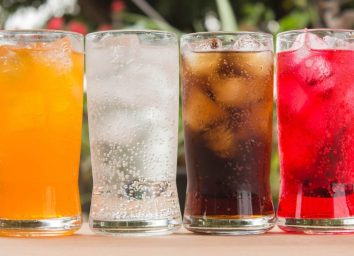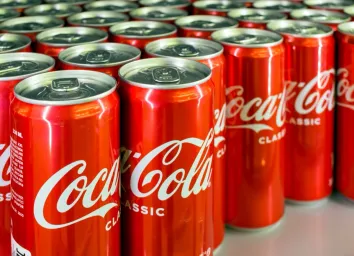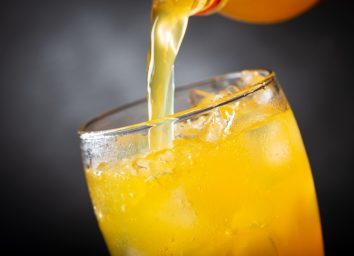Fountain Soda Is Much Worse For You Than Regular Soda—Here’s Why
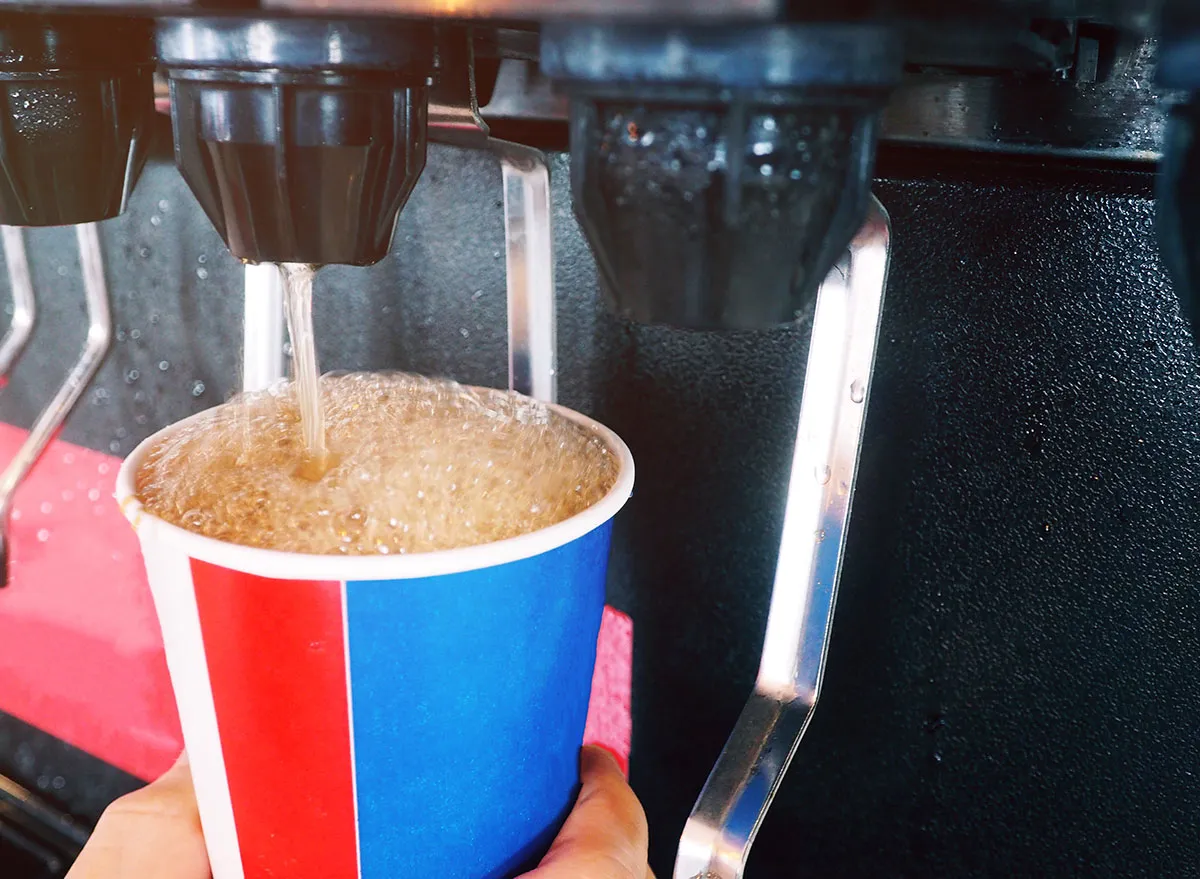
The whir and fizz of soda dispensing from a fountain spout is a pretty satisfying sound. It promises an incoming sugar rush, bubbling caffeine about to hit your tongue, and, apparently, some soda lovers say the machine pour is also best for flavor.
Fountain soda is far superior to bottled or canned soda in terms of taste, they say. And while there might be room for debate on that front, when it comes to the actual differences in recipe, there’s less to dispute.
And don’t miss 7 Steakhouse Chains With the Best Quality Meat in America.
Everyone’s favorite pour-into-a-paper-cup delicacy is made behind the scenes at fast-food chains by combining pre-packaged syrup with water and loading it into the machine. Since not all restaurants are consistent with their syrup-to-water ratio, taste and nutrition info can vary from one joint to another. A prime example: at McDonald’s, a small Coca-Cola has 40 grams of sugar, whereas at Panera Bread, the comparable option has 67 grams of sugar. It’s like a completely different drink!
Of course, this mixing process is mandated by each fast-food joint individually. But there’s also room for error. Since not every employee is guaranteed to load the soda machine the same way, you as a consumer cannot be completely sure of what you’re getting in terms of calories and sugar, ever. From corporate inconsistencies to human error, the fountain system is much less automated than the one behind bottled cans of soda.
But that human element isn’t the primary reason that fountain soda is worse for you than regular soda. Really, the unhealthiest aspect of the fountain is the room it leaves for contamination.
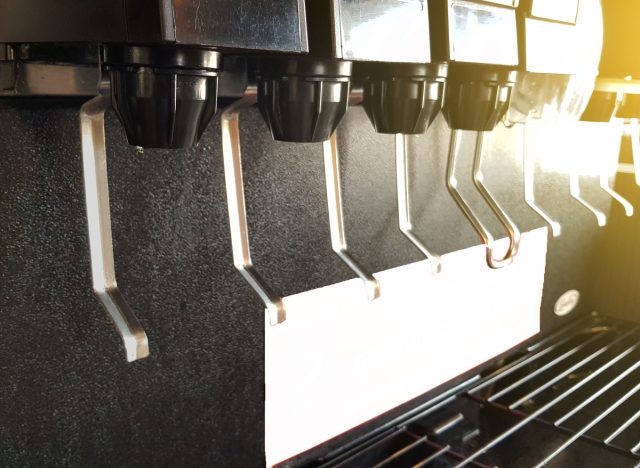
Picture this: you approach the soda machine. In our post-COVID world, we’re all a little wary of touching a button that many other people have also come in contact with, and one that may or may not have been sanitized recently. But you push through that potential obstacle and start dispensing ice. Here, the first opportunity for a contaminated beverage begins. In a study conducted among ten fast-food franchises, it was found that 60% of the locations’ ice cubes had higher bacteria levels than the water samples taken from their toilets.
But let’s say you skip the ice. The next opportunity for contamination is less avoidable: with the exception of McDonald’s, whose syrup is delivered from The Coca-Cola Company in stainless steel glass tanks “for freshness,” restaurants get their syrup delivered in plastic bags. Some of the acetaldehyde from that bag could transfer into the mix, the same way it sometimes transfers into the drink itself from a plastic bottle. According to Popular Science, even trace amounts of transference can affect flavor, which begs the question: what are those trace amounts contributing to the volume of microplastics in our bodies? If it’s enough plastic to affect flavor, could it not be enough plastic to affect health?
While there’s less hard data about the risk of plastic contamination, there is no shortage of studies to prove that the stream of soda itself is contaminated. One study in particular, from the International Journal of Food Microbiology, found possible fecal contamination, antibiotic-resistant microbes, and E.coli in soda samples.
“The large number of beverages and soda fountain machines containing E. coli is still of considerable concern… and suggests that more pathogenic strains of bacteria could persist and thrive in soda fountain machines if introduced,” the authors of the study wrote.
Soda is not a healthy beverage option no matter how you spin it, but if you must indulge in the sweet, carbonated treat, do it from a glass bottle or can.

